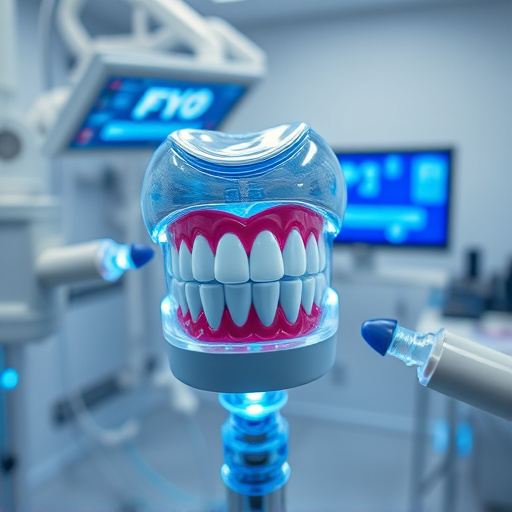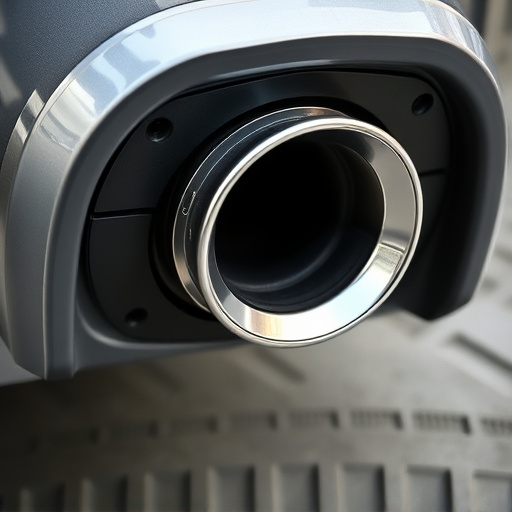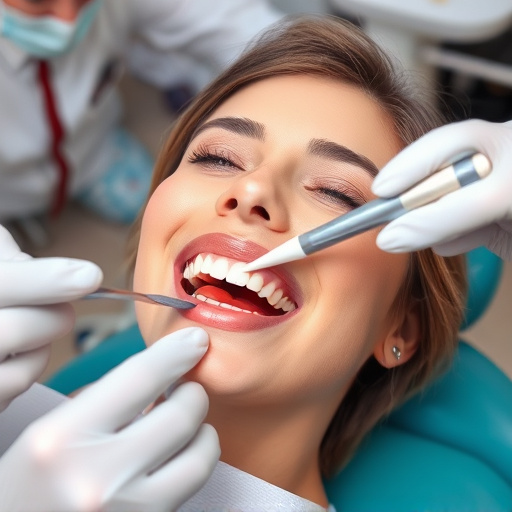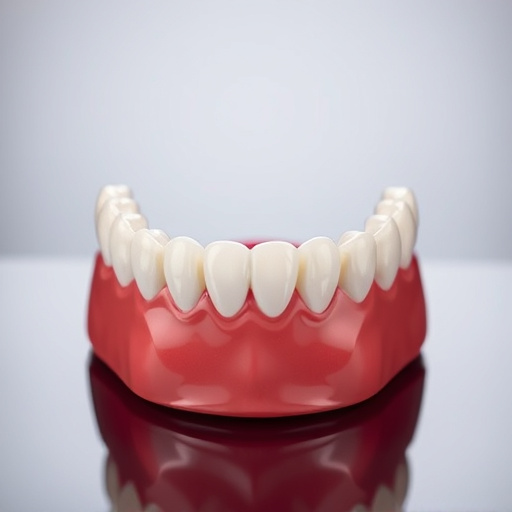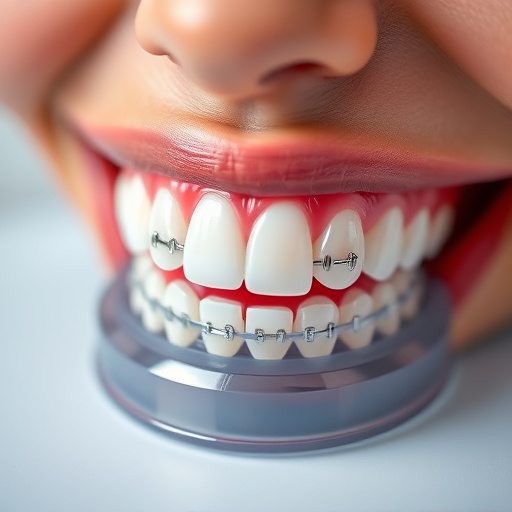Digital dental X-rays revolutionize oral healthcare with instant, high-quality images that reduce patient radiation exposure while enabling precise diagnoses. By tracking tooth development, identifying issues early, and supporting informed restorative decisions, these advanced imaging techniques enhance overall oral health management. Combined with regular cleanings and check-ups, digital dental X-rays ensure prompt addressing of changes, promoting optimal tooth maintenance and improved well-being. Additionally, digital files simplify record-keeping and sharing, streamlining dental practices for procedures like bonding or crowns.
“Digital dental X-rays are transforming the way we monitor tooth development, offering a modern approach with numerous advantages over traditional methods. This innovative technology provides clear, high-resolution images of teeth and jaw structures, enabling dentists to track growth and identify potential issues early on.
In this article, we explore the benefits of digital imaging in dental care, providing insights into how these advanced X-rays can be effectively utilized to ensure optimal oral health.”
- Understanding Digital Dental X-Rays: The Modern Approach to Tooth Monitoring
- Advantages of Digital Technology in Dental X-Ray Imaging
- Effective Strategies for Using Digital Dental X-Rays to Track Tooth Development
Understanding Digital Dental X-Rays: The Modern Approach to Tooth Monitoring
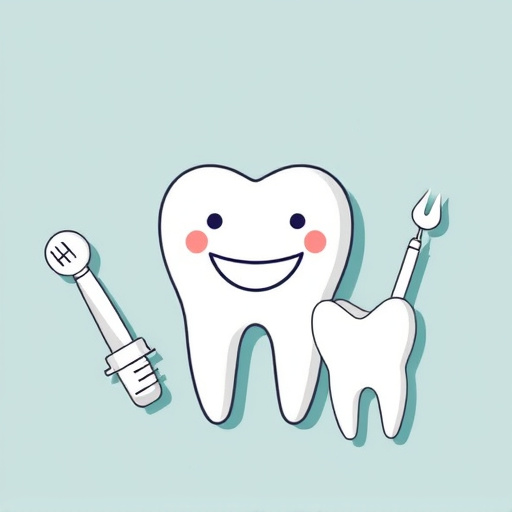
Digital dental X-rays have revolutionized tooth monitoring, offering a modern and efficient approach to dental care. Unlike traditional film X-rays, digital versions provide instant, clear images that can be enhanced, stored electronically, and easily shared with dental professionals. This advancement not only reduces patient radiation exposure but also allows for more accurate diagnoses.
By capturing detailed images of teeth and gums, digital dental X-rays enable dentists to track tooth development, identify potential issues early on, and make informed decisions regarding restorative dentistry. Regular dental cleanings and check-ups, coupled with these advanced imaging techniques, ensure that any changes in oral health are promptly addressed, promoting optimal tooth maintenance and overall well-being.
Advantages of Digital Technology in Dental X-Ray Imaging

The adoption of digital technology in dental X-ray imaging has revolutionized the way dentists monitor tooth development and overall oral health. Unlike traditional film radiography, digital dental X rays offer several advantages that enhance both diagnostic accuracy and efficiency. One of the key benefits is improved image quality; digital sensors capture high-resolution images, allowing dentists to detect even subtle changes or anomalies in dental structures. This level of detail enables more precise diagnoses and treatment planning, especially when monitoring growth and development in children.
Additionally, digital X-rays reduce exposure to radiation compared to film methods. The advanced sensors are highly sensitive, enabling the capture of clear images with lower dose rates. This is particularly advantageous for regular check-ups and monitoring tooth development over time. Moreover, digital files facilitate easy storage, retrieval, and sharing of patient radiographic data, streamlining dental practices and providing a robust foundation for cosmetic dentistry procedures such as dental bonding or crowns.
Effective Strategies for Using Digital Dental X-Rays to Track Tooth Development

Utilizing digital dental x-rays offers a modern approach to monitoring tooth development, providing clear and detailed images for precise assessments. This technology allows dental professionals to track growth patterns, detect early signs of issues like cavities or developmental anomalies, and make informed decisions regarding treatment timelines. By comparing sequential x-ray images, dentists can identify changes in tooth position, size, and shape over time.
Effective strategies include regular scanning at intervals suggested by the dentist, focusing on specific areas of interest such as emerging wisdom teeth or teeth requiring dental crowns. During developmental stages, these x-rays aid in planning for potential procedures like wisdom tooth removal or managing impacted teeth. Moreover, digital records enable before-and-after comparisons, facilitating successful outcomes after tooth extractions and other orthodontic interventions.
Digital dental X-rays have revolutionized tooth monitoring, offering a modern and efficient approach to understanding oral development. With their numerous advantages over traditional methods, these advanced imaging techniques enable dentists to track tooth growth accurately and non-invasively. By implementing effective strategies for using digital X-rays, professionals can gain valuable insights into patients’ oral health, ensuring prompt intervention when needed. This innovative technology is a game-changer in the field of dentistry, fostering better care and healthier smiles.

